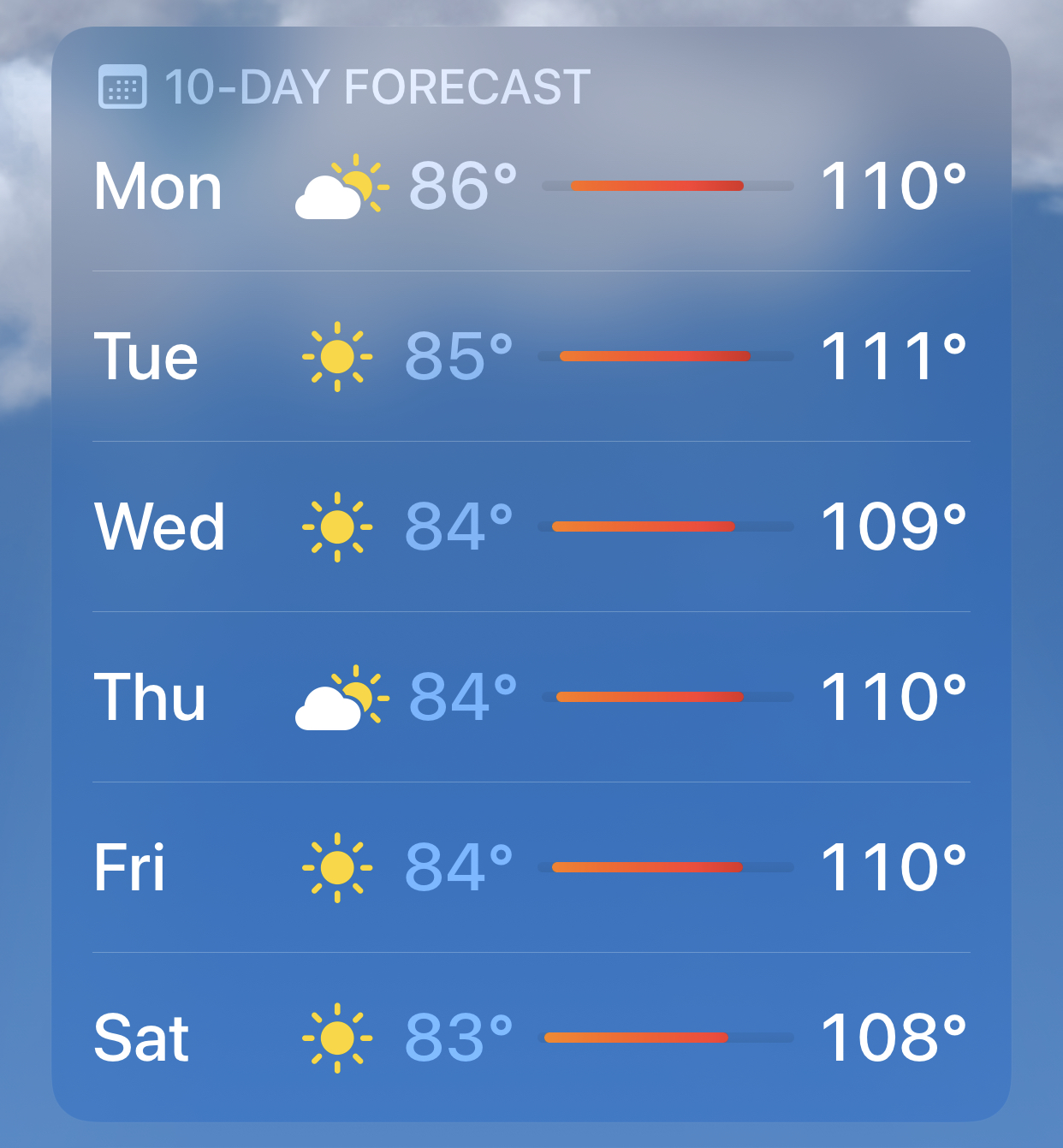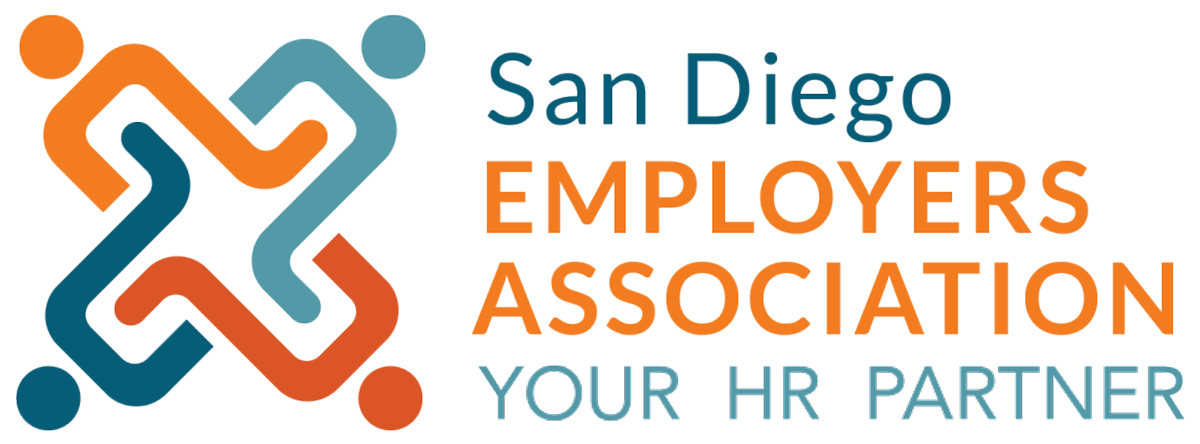7.14.22
By Jennifer Jacobus, PHRca, SDEA Director of HR Services 
For those employers who have employees who work outside or in a work environment that is subject to high temperatures, you should already be aware of California’s heat illness prevention regulations. In summary:
- Employers must make available one quart of water (at least) per hour, per employee. The water must be “fresh, pure, suitably cool and free” and the water must be as close as practicable to the employee’s immediate work area.
- Shade must be provided. Temporary shade such as a canopy is acceptable and the employee must be allowed the opportunity to cool off in the shade for at least five minutes anytime they feel that a “recovery period” is required. Shade is required if temperatures rise above 80 degrees but is still required if temperatures are below 80 degrees and the employee requests a recovery period in the shade. The shade must be large enough to accommodate all of the employees on a cool-down period and/or rest break as well as large enough to accommodate the number of employees who remain onsite for meal periods.
- Recovery periods are designed to prevent heat illness. Cal/OSHA regulation 3395(d)(3) states that “employees shall be allowed and encouraged to take a cool-down rest in the shade for a period of no less than five minutes at a time when they feel the need to do so to protect themselves from overheating. Such access to shade shall be permitted at all times.” Employees must be monitored and asked if they are experiencing any heat illness symptoms; must be encouraged to stay in the shade; must not be ordered back to work until they have had at least five minutes (net) resting time; and must not be ordered back to work “until any signs or symptoms of heat illness have abated”. Employers must be able to provide first-aid or implement emergency response procedures when necessary.
- Employers in industries that include agriculture, construction, landscaping, oil and gas extraction and transportation, delivery of agricultural products, construction materials or other heavy materials must have high-heat procedures (95 degrees). When the temperature reaches 95 degrees, the employer must conduct “pre-shift” meetings, with pay. The meetings need to include information on high-heat procedures, reminders to drink plenty of water and to remind employees to take their cool-down periods.
The employer must also monitor signs of heat illness during the day by any “effective means of observation”.
The employer is required to designate at least one employee at each worksite as the person authorized to call for emergency medical services.
For those employers with agricultural employees, when the temperatures reach or exceed 95 degrees, employers are required to ensure that the employees take a 10-minute cool-down period every two hours. The 10 minutes can be combined with meal and rest periods.
- During a heat wave (defined as any day in which the predicted high temperature for the day is at least 80 degrees and at least ten degrees higher than the “average high daily temperature preceding five days) a supervisor or designee must closely observe all employees at the worksite.
- All employees at a worksite must be able to contact a supervisor or summon medical services if experiencing heat illness symptoms. If an onsite supervisor observes or receives a report of heat illness symptoms, immediate action such as offering first aid or other medical services, must be required. An employer must be able to transport an affected employee to a location where they can be reached by a medical provider or be able to offer clear directions to the worksite. Using a cell phone or other mobile device for calling or texting is considered “effective communication” only if reception in the work area is reliable.
- Both supervisors and employees must be provided with training on prevention, detection, and appropriate responses to possible heat illness. Specific topics would include: drinking plenty of water, personal risk factors such as weight and fitness, and company policy regarding potential heat injuries.
Training needs to be done for both employees and supervisors that should include topics on the availability of water, shade, cool-down breaks and first aid; impermissible retaliation; the concept of acclimation, the importance of acclimation and the acclimation procedures included in the employer’s plan; appropriate first aid/emergency responses; and heat illness symptoms from mild to serious and how these symptoms may progress quickly.
Employers who have employees who will, or who possibly will, work outside where heat illness is a possible threat, would be wise to closely review your current policies and training procedures to ensure that they are compliant.
Need help with your policy? Call us, 858-505-0024; We Are HeRe With You!




